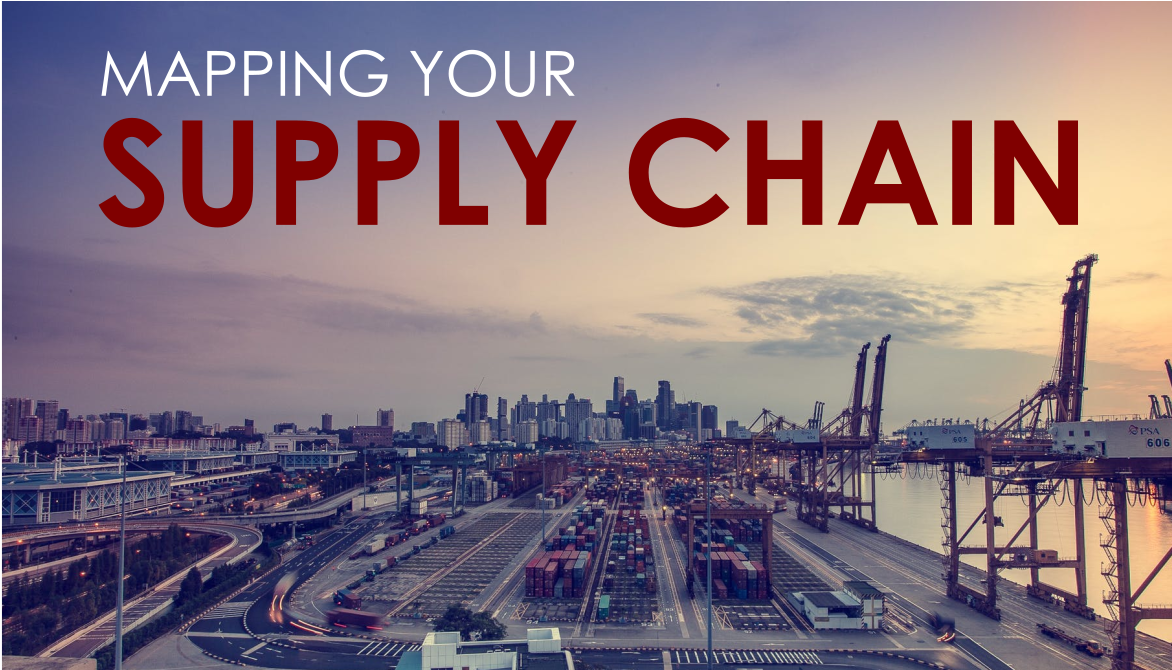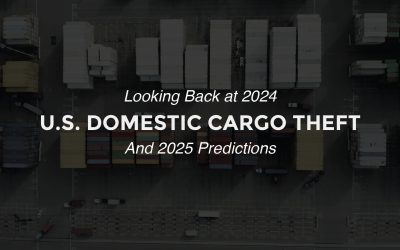Global supply chain professionals must be aware of political and security issues in every corner of the world in order to be good stewards of our company’s people and assets.
Editors Note: Our friends at Trade Innovations produce some excellent articles, and from time to time we like to share them with our audience. This is an article by Kelby Woodard that we couldn’t help but post.
It has been over a year since CBP declared its affinity for ‘supply chain mapping’. It is clear that the boys in blue consider mapping to be a best practice for supply chain security. And, as we all know, ‘best practices’ quickly become ‘global standards’. Global supply chain professionals must be aware of political and security issues in every corner of the world in order to be good stewards of our company’s people and assets. While the methodologies surrounding supply chain mapping are familiar to most security experts, they may not be to those teams in your company who are responsible for maintaining your good reputation with CBP. The requirements for supply chain mapping include the need to clearly detail each individual trade lane, identify potential risks, evaluate the vulnerabilities, design and implement tactics to mitigate the vulnerabilities, document, and then repeat. It may surprise you to find out that most companies do not have anywhere near this kind of detailed operational knowledge of their international supply chains.
An effective security program will be the driver for positive change within a company’s supply chain strategy. Not only will it be the force behind illuminating the details of a trade lane, it will also provide valuable insight into regional political environments and security situations that can affect supply chain operations. An example of this insight can be found in the continuing unrest in China. If you do not have a vibrant supply chain mapping program you may not be aware that in June of this year 4,000 workers at a handbag factory in Guangzhou went out on strike over labor conditions. You may also not be aware that a joint venture between Phillips Electronics and the Chinese government which manufactures color CRT displays was also the flashpoint for labor unrest within the last few weeks. The factory had recently laid off all of its workers in response to fierce competition from the flat panel market. On May 12, the workers (along with the former CEO) took to the streets of Nanjing in protest. As a result, over 1,500 police were mobilized and the streets of the city were temporarily sealed off. These kinds of supply chain disruptions are not reported in the mainstream media largely due to a crackdown by the Chinese government on the public reporting of such incidents. Closely monitoring these types of situations and their potential effects should be a key component of any supply chain mapping exercise and brand protection effort.
All this reiterates the point that supply chain executives need to be familiar with and evaluate every aspect of their supply chain map. Global supply chains continue to get more complex…and interesting for supply chain professionals. The dedicated team of assessment professionals Trade Innovations stands ready to assist you with your supply chain mapping. We utilize an innovative software platform that allows you to allocate security and compliance resources where they make the greatest impact and provide you with a system of record for your C-TPAT program. Trade Innovations can help you make the complex…simple.







![[Webinar] The Risks of International Shipping & How to Protect Yourself](https://traderiskguaranty.com/trgpeak/wp-content/uploads/2022/07/2022.07_ExplosiveShipping-TitleSlide-400x250.jpg)